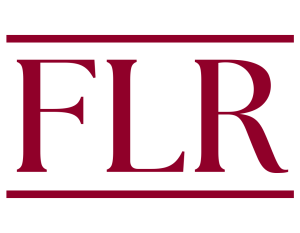In a democracy, in which the legal and constitutional systems should reflect popular will and individual and collective self-determination are the engines through which those systems are realized, what are the means by which individuals, organizations, and social movements might bring about meaningful and sustainable social change that makes that society more just, more inclusive, and more equitable? A common understanding of how social change happens, and who can bring about that change, is represented in an oft-quoted phrase, attributed to Margaret Mead: “Never doubt that a small group of committed people can change the world: Indeed, it is the only thing that ever has.” One group of scholars has even put a number on the percentage of a population that must be engaged with an issue to bring about change: 3.5 percent. In recent decades, mostly following the U.S. Supreme Court’s landmark decision in Brown v. Board of Education and the laws passed in the 1960s as a result of the advocacy of the civil rights movement, legal scholars have sought to understand the “puzzle” of social movements: what role such movements have played in influencing not just the passage of legislation and the transformation of legal institutions, but also the understanding of the U.S. Constitution itself. In legal scholarship, as one scholar has declared, it is “the moment of social movements.”

